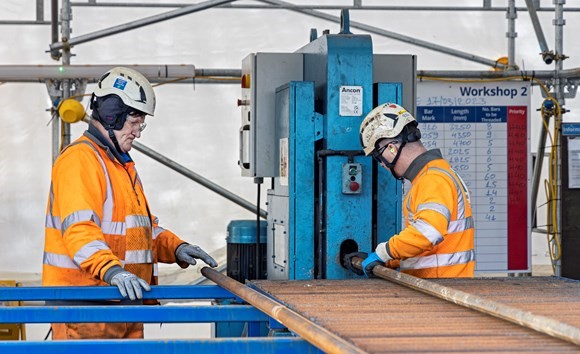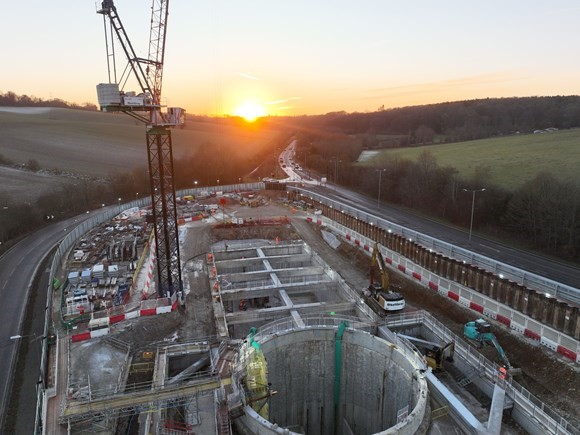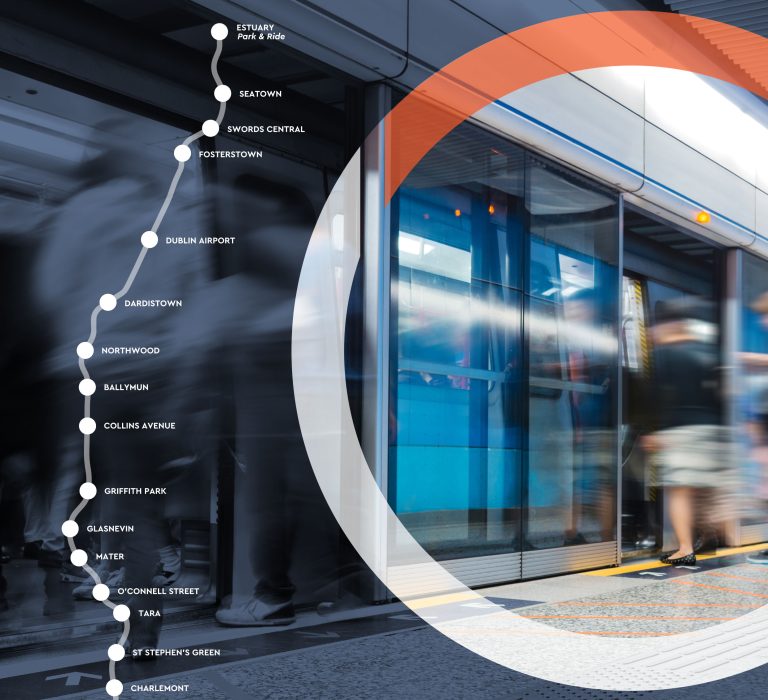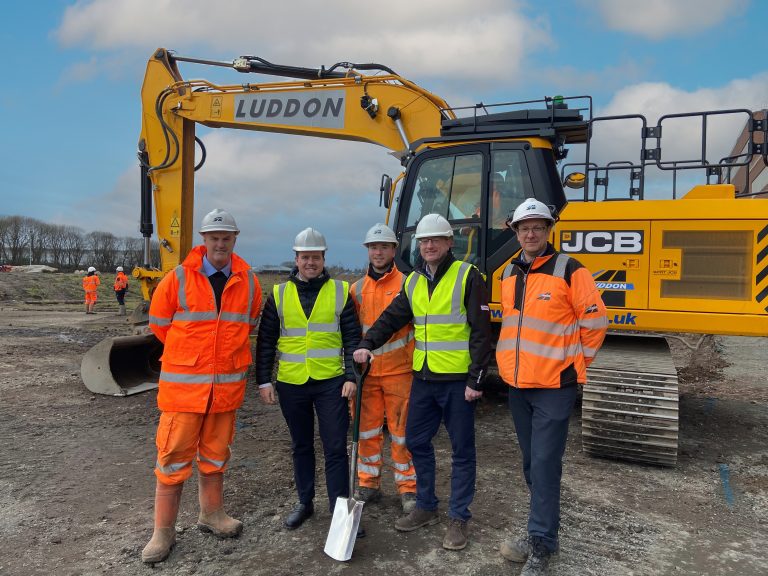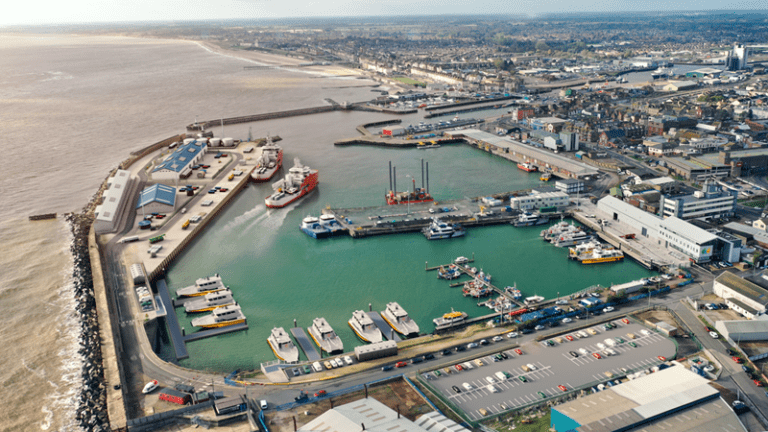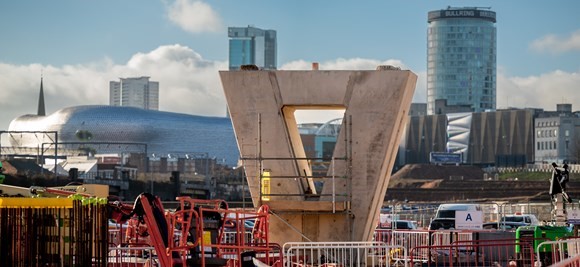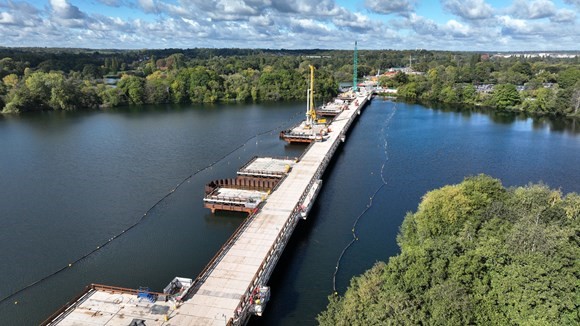New entrance will provide direct access to the M8 and Glasgow Airport Construction has started on a brand new state-of-the-art gatehouse and HGV-grade access road at Westway, Glasgow Airport. The £1.5m investment will boost connectivity by providing quick and direct access from Westway to Junction 28 of the M8, via the recently opened Barnwell Street Bridge, as well as to Glasgow Airport and the Advanced Manufacturing Innovation District Scotland (AMIDS). Planning consent was granted for the project by Renfrewshire Council in November, with completion scheduled for May this year. The works are being undertaken by Luddon Construction. The new gatehouse on the south side of the park will feature enhanced security measures. It will become the primary entrance for HGVs, vastly improving safety and local amenity, by limiting the HGV traffic through Paisley Road and Porterfield Road in Renfrew, as well as reducing journey times and miles from the M8 motorway. Rob Large, Director of Canmoor said: “This is a key milestone in the ongoing evolution of Westway, which will greatly improve our accessibility through enhanced links with Glasgow Airport and the M8, which is now only two minutes away, via the new bridge. “Westway continues to go from strength to strength with the new road and access enabling the next phase of our speculative development plans, due on site this year, for a range of new warehouses and industrial buildings, which will help satisfy market demand for quality and sustainable product in the west of Scotland. “It is fantastic to see Luddon Construction start works on this project. It will make Westway one of the best connected industrial and logistics parks in Scotland, with 24-hour security, and we forecast exciting times ahead, as we continue to invest further.” Graeme Young, Contract Manager of Luddon Construction added: “It is great to be awarded this contract to deliver the new access road at Westway Industrial Park. We look forward to working with the on-site team and delivering this exciting project over the coming months. “Currently we have 12 people on-site working on this contract, with around half from the local area. We also have an apprentice Engineer and Quantity Surveyor, who will gain valuable on-site experience during the works.” Renfrewshire Council Leader Iain Nicolson said: “It’s pleasing to see work starting on this new gatehouse and entrance, which will benefit business operations at Westway and be welcomed by neighbouring communities through reducing lorry traffic in residential areas. Westway are making the most of the new road bridge we’ve built over the White Cart river and it’s one example of a wide ranging programme of infrastructure improvements taking place right across Renfrewshire, helping business growth and better connecting communities.” Westway is Scotland’s largest fully enclosed industrial park and currently offers over 1,700,000 sq ft of multi-let space, set on a 135-acre self-contained site. It is home to a range of local, national and international businesses including Altrad Babcock, Malin Group, Renewable Parts, DSV Logistics, AMG Group, Steder Group, Star Refrigeration, Kintetsu World Express, The National Manufacturing Institute Scotland, Boeing and Bullet Express. A new distribution centre and head office is currently being fitted out by JW Filshill, with opening scheduledfor this spring. Andrew McCracken, Director of JLL said: “Westway is developing all the time and provides an excellent location for businesses involved in the industrial and logistics sector. We anticipate strong demand for the existing, refurbished space, as well as the new developments that will offer modern, energy-efficient buildings of up to 200,000sq ft.” Canmoor’s joint agents are JLL and Colliers, with management by Knight Frank. Building, Design & Construction Magazine | The Choice of Industry Professionals
